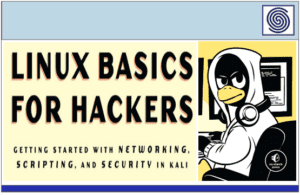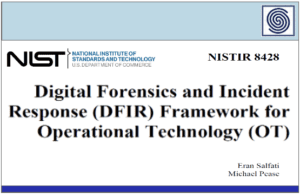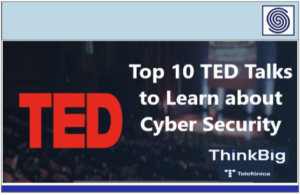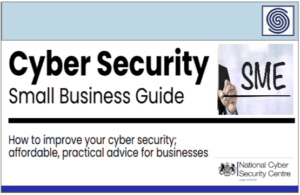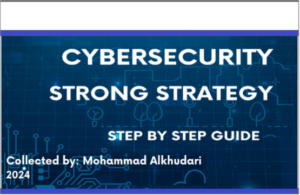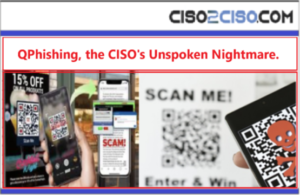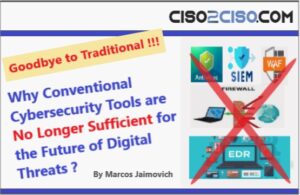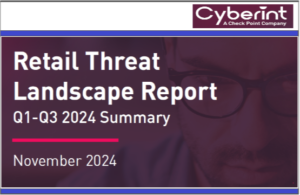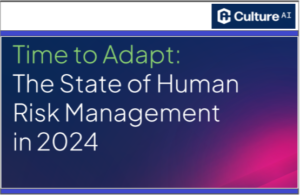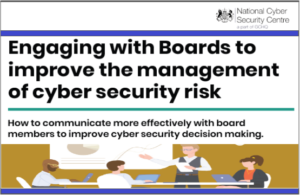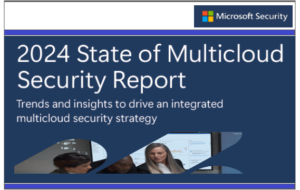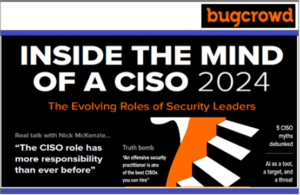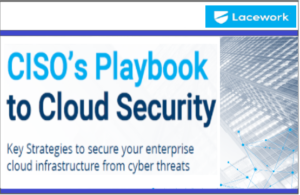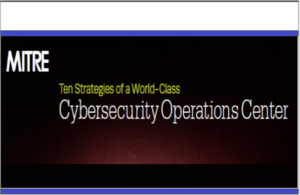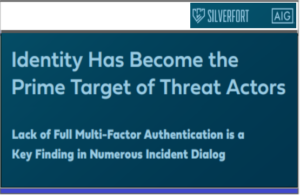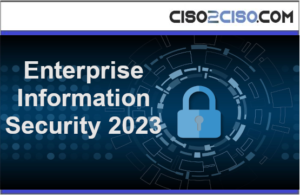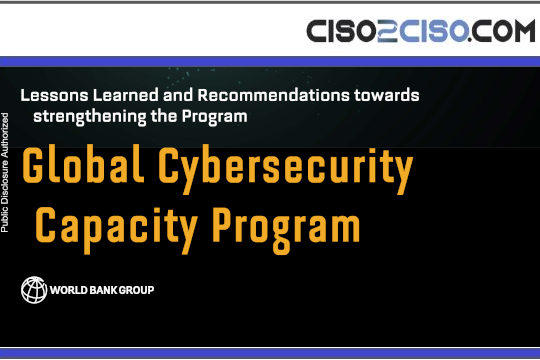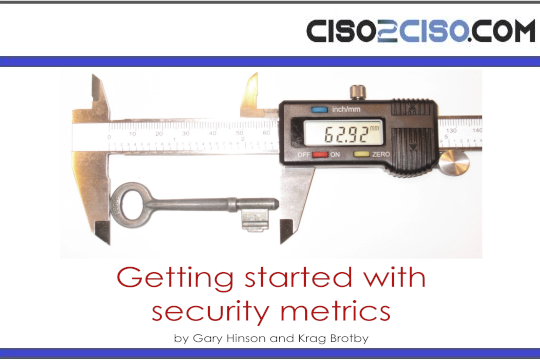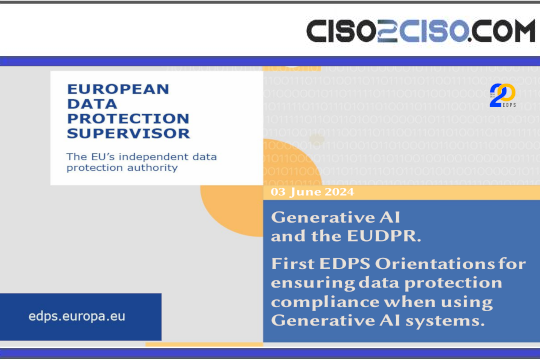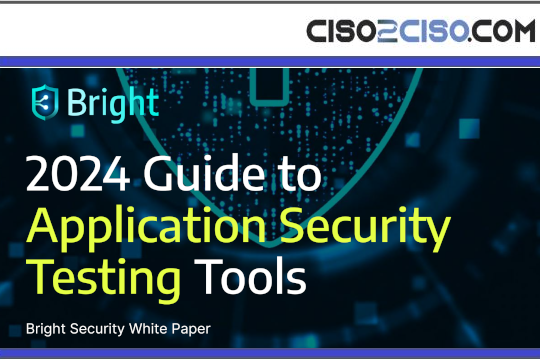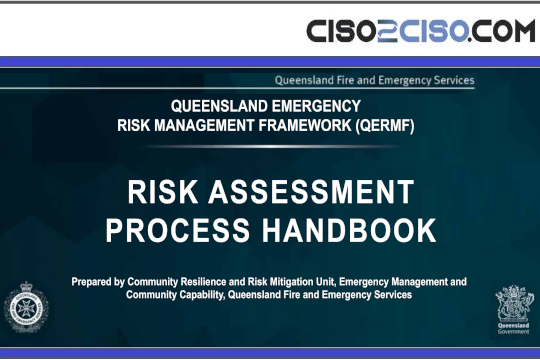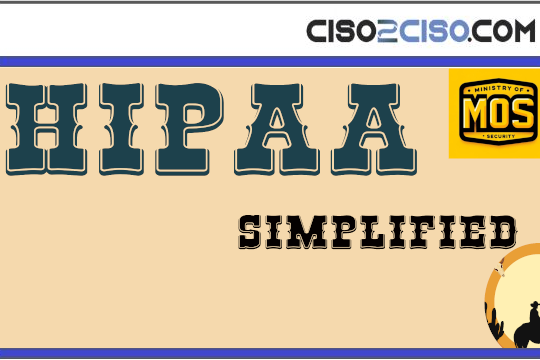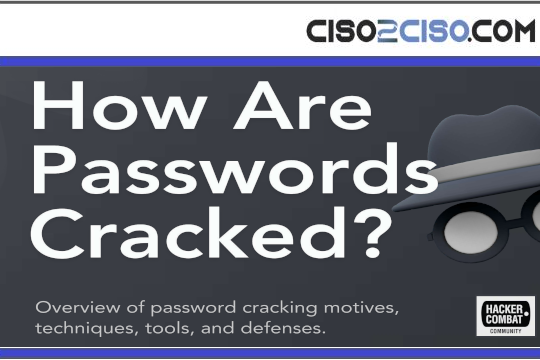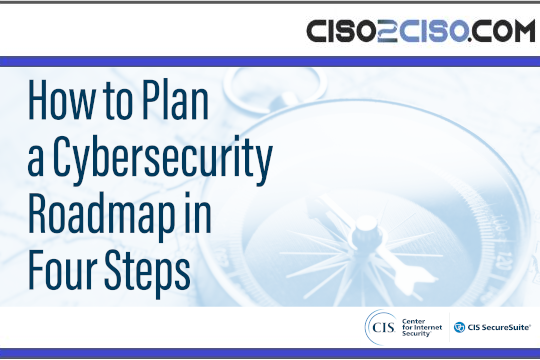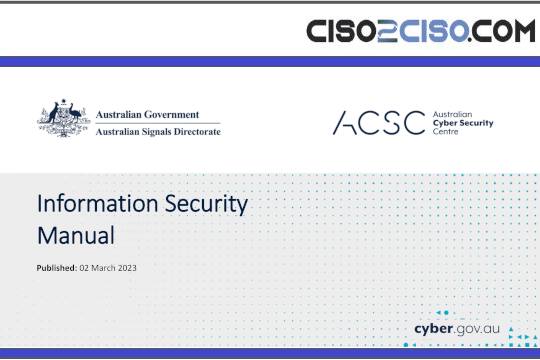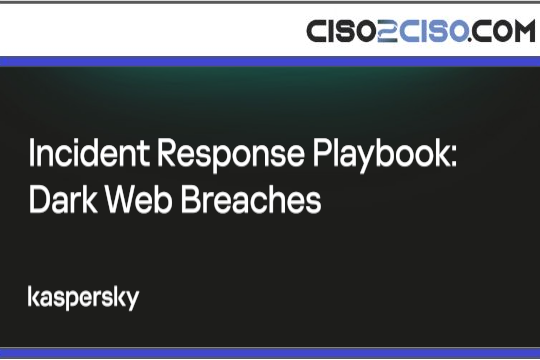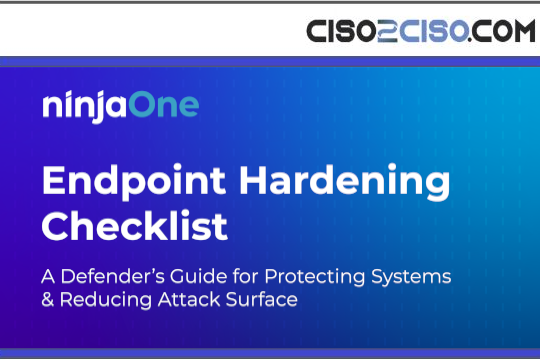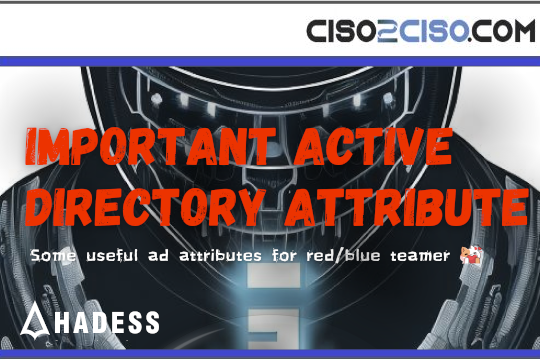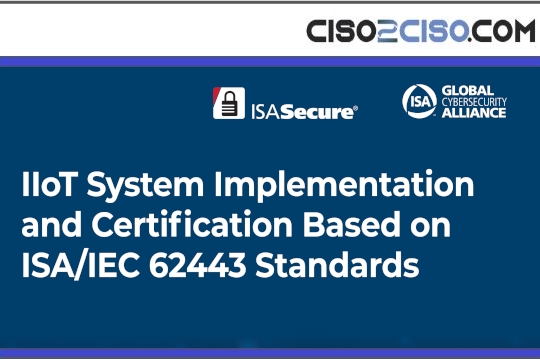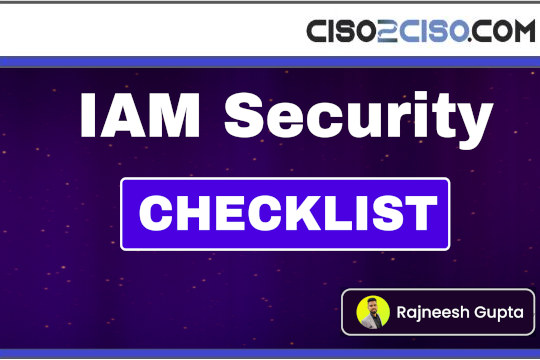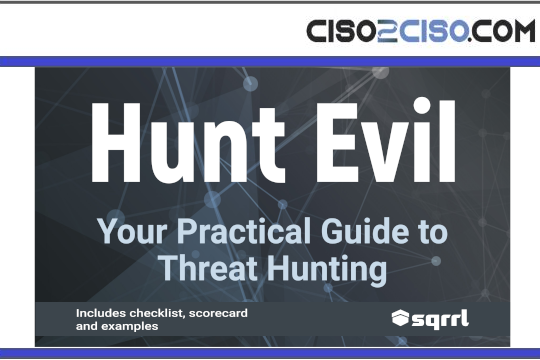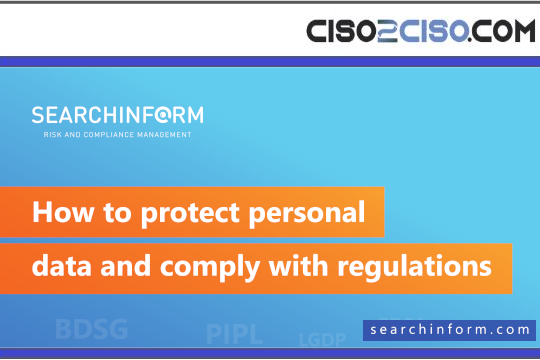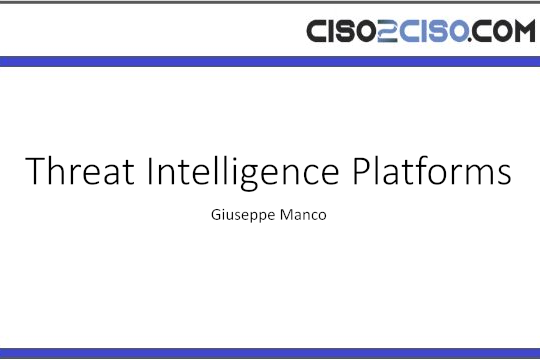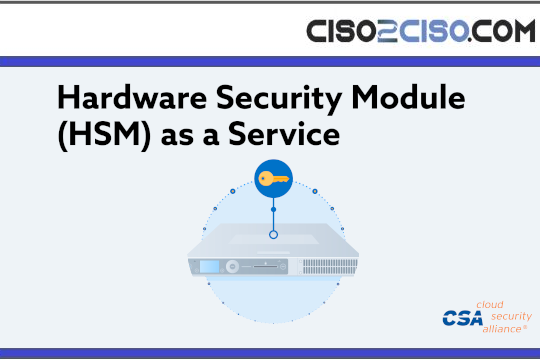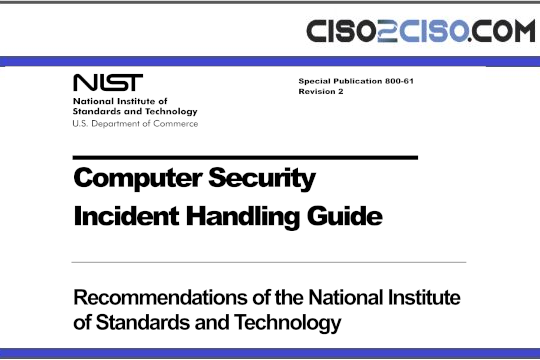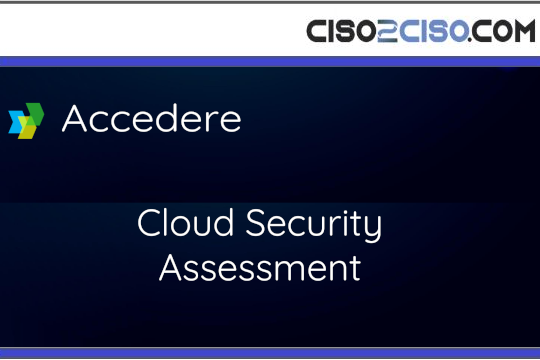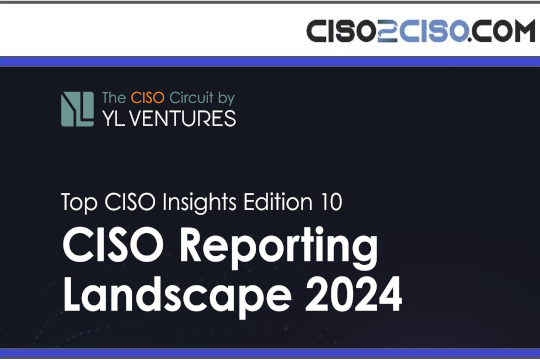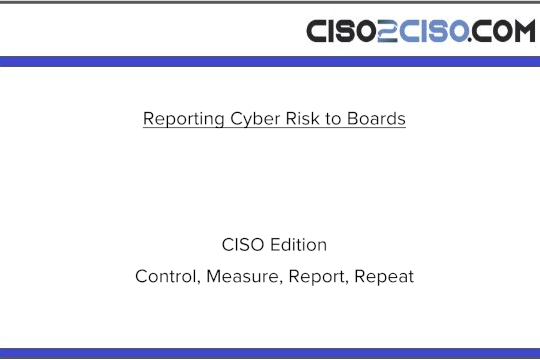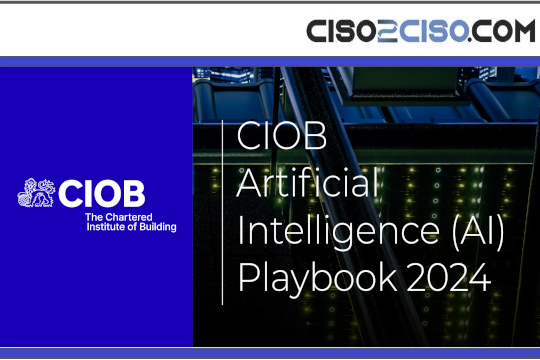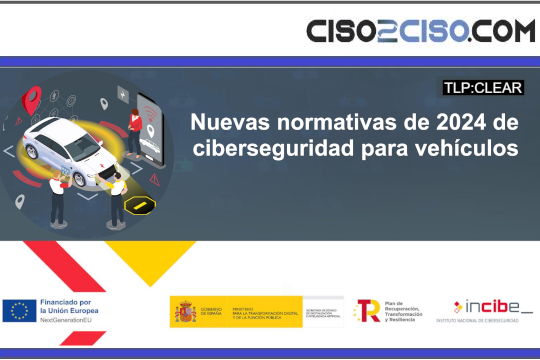Source: securityboulevard.com – Author: Dan Kaplan
1) Token Abuse
Token misuse remains one of the most effective attack techniques – especially when access tokens are bearer-based and unbound from identity or context. Even short-lived tokens can pose a risk if they aren’t limited in what they can do, who they’re for, or where they can be used. Recent high-profile incidents, such as the Midnight Blizzard attack on Microsoft and the Hugging Face breach, have shown just how damaging token abuse can be in real-world environments.
Attackers can:
- Steal tokens from memory dumps, logs, or misconfigured storage.
- Replay them from one environment or system to another.
- Forge them by exploiting weak signing keys or token validation logic.
Once obtained, these tokens allow attackers to impersonate workloads and access sensitive resources without triggering traditional detection mechanisms. Because they aren’t tied to workload identity or runtime posture, they can be abused far beyond their intended scope.
Risk factors include:
- Tokens untethered from workload identity or runtime context – for example, tokens that can be used from any environment, device, or service without verifying who or what is using them.
- Missing audience or scope restrictions.
- Inadequate monitoring of token use across time, region, or behavior.
2) Living-off-the-Land With Compromised NHIs
Not all breaches start with malware. Increasingly, attackers compromise valid non-human credentials – like those used in CI/CD pipelines – and use them to move laterally across infrastructure, blending in with normal network activity.
Because these activities mirror normal workload behavior, traditional detection methods often fail. This is especially true in environments where NHIs aren’t monitored as rigorously as human users – and where agentic AI systems, designed to operate autonomously via APIs, are given long-lived credentials without clear behavioral constraints. Once compromised, these agents can issue commands, exfiltrate data, or alter workflows without raising alarms, all while appearing legitimate.
Common blind spots include:
- CI/CD jobs and workflows with broad access to cloud APIs or production systems.
- Secrets reused across dev, staging, and production environments.
- Lack of behavioral profiling or enforcement of expected NHI behavior.
3) Credential Exposure
Secrets management tooling exists – but implementation gaps persist. Credentials still end up hardcoded in configuration files, stored in environment variables, or exposed via verbose logs.
According to the 2024 Non-Human Identity Security Report from Aembit, 30.9% of organizations store long-term credentials directly in code, 23.7% share secrets through copying and pasting via email or messaging apps, and 15.5% use manual spreadsheets to store secrets.
OAuth tokens, cloud access keys, and database credentials are regularly surfaced through crash dumps, misconfigured log aggregation tools, and unsecured source control systems.
These exposures are often discovered long after compromise – during incident response rather than proactive review.
Common exposure paths include:
- Git repositories or artifact registries containing hardcoded secrets.
- Environment variables with plaintext credentials leaked.
- Unsecured sharing of credentials between loosely coupled service
Original Post URL: https://securityboulevard.com/2025/06/5-common-ways-non-human-identities-are-exploited-and-how-to-secure-them/?utm_source=rss&utm_medium=rss&utm_campaign=5-common-ways-non-human-identities-are-exploited-and-how-to-secure-them
Category & Tags: Security Bloggers Network,identities,Industry Insights,Secrets,service accounts – Security Bloggers Network,identities,Industry Insights,Secrets,service accounts
Views: 2


